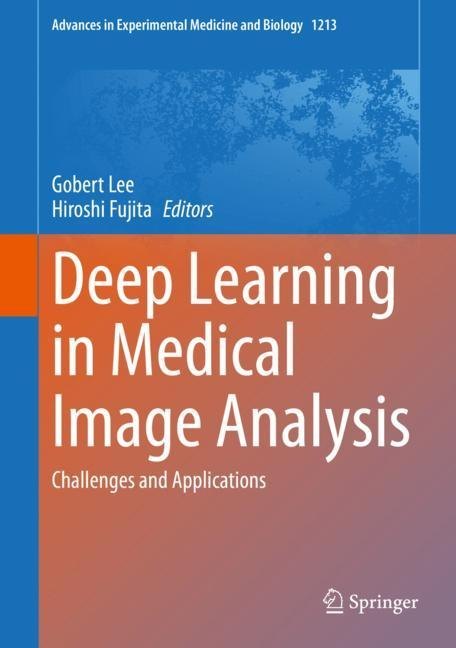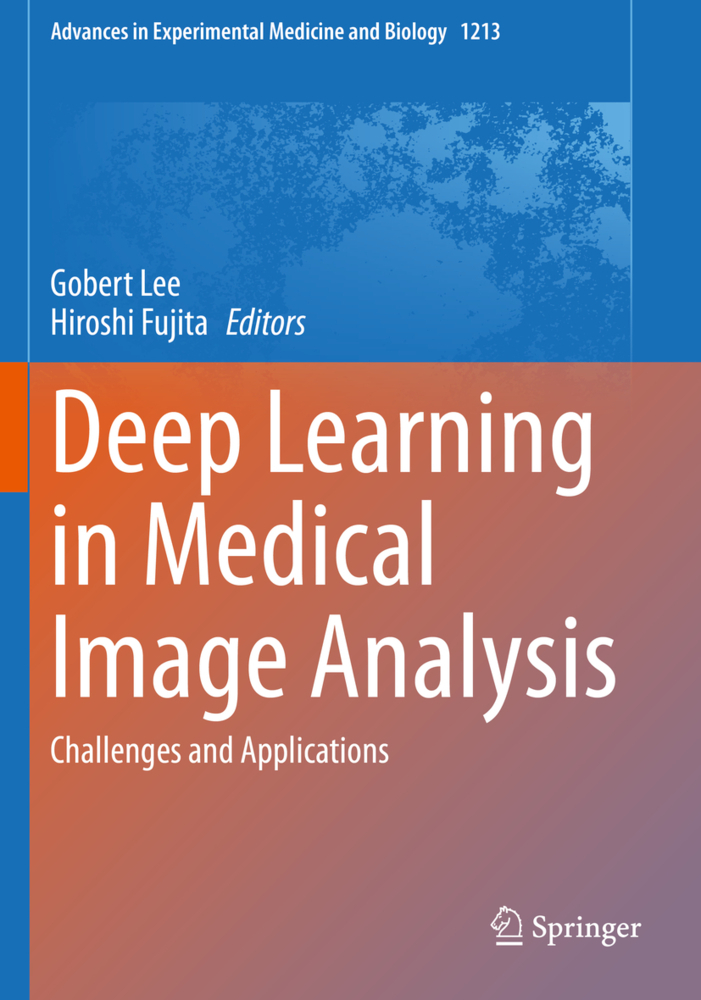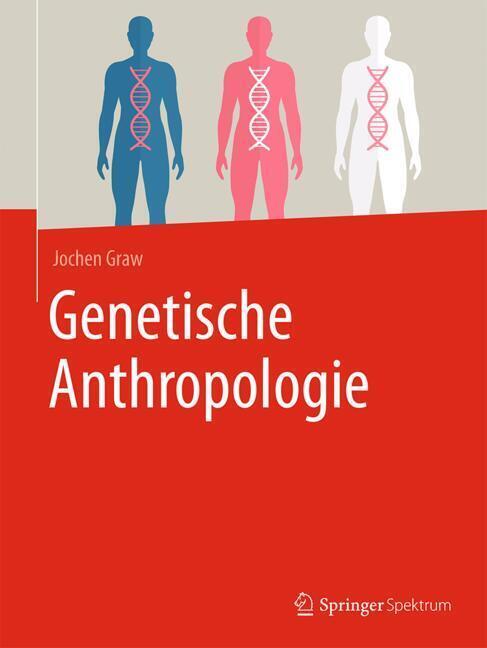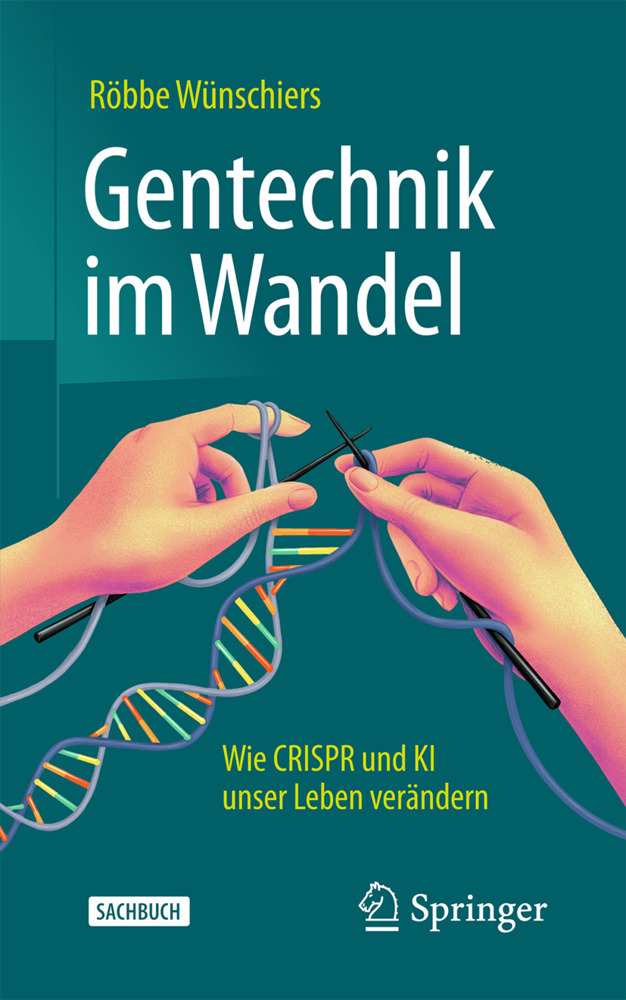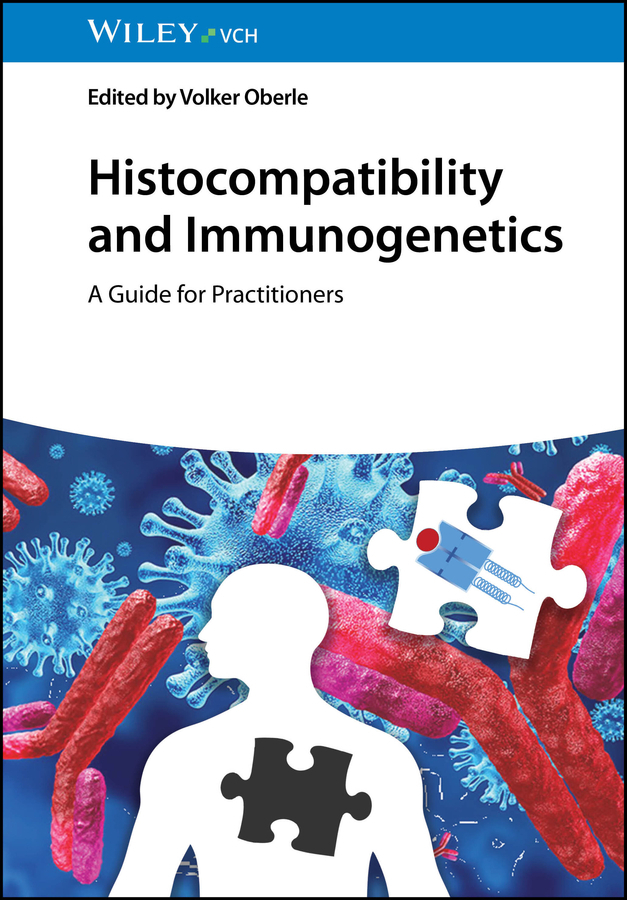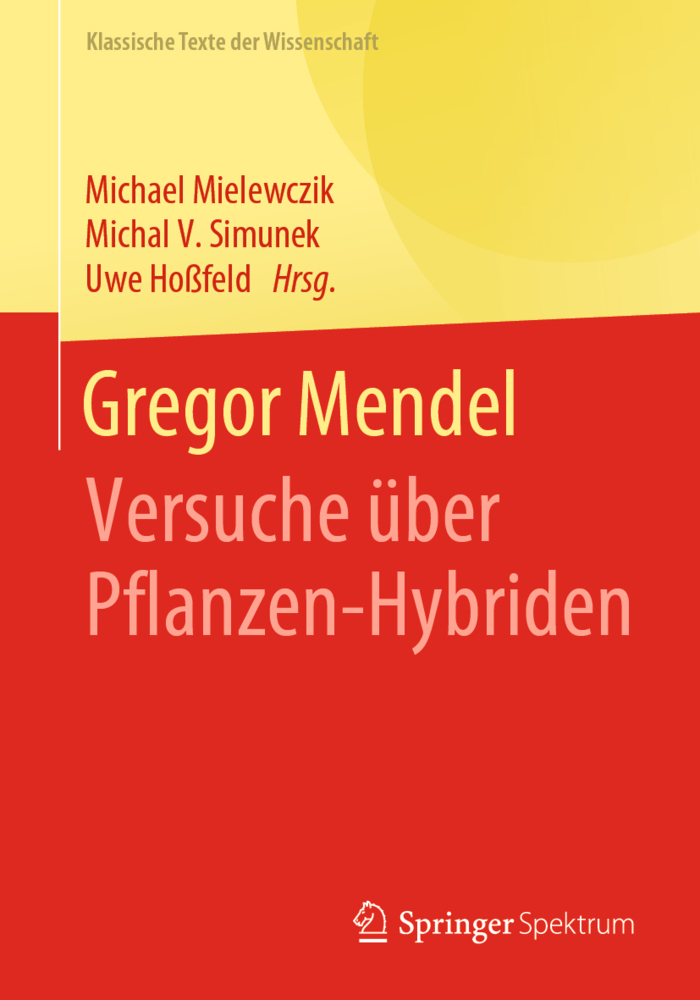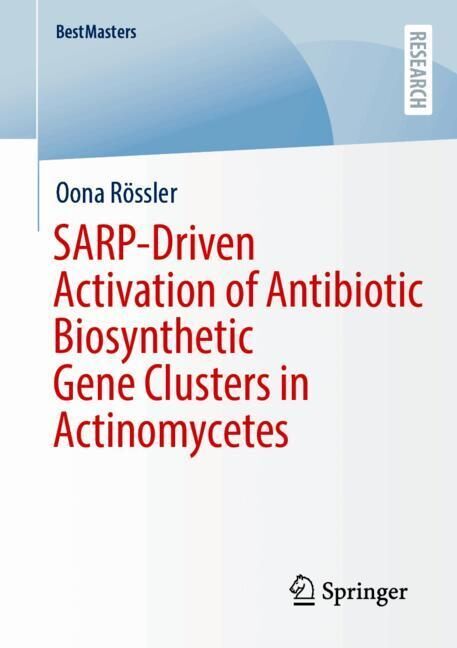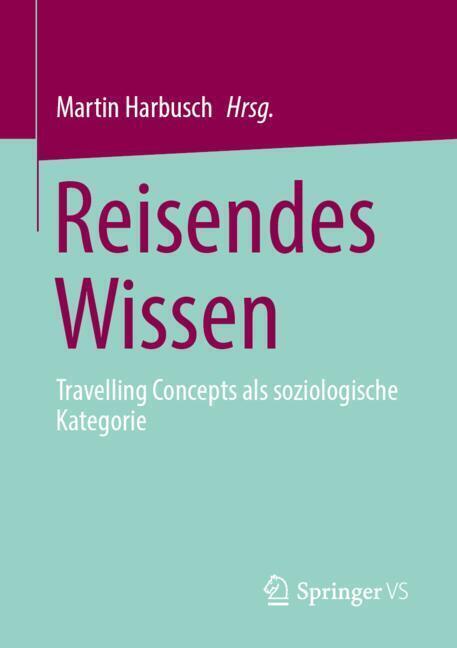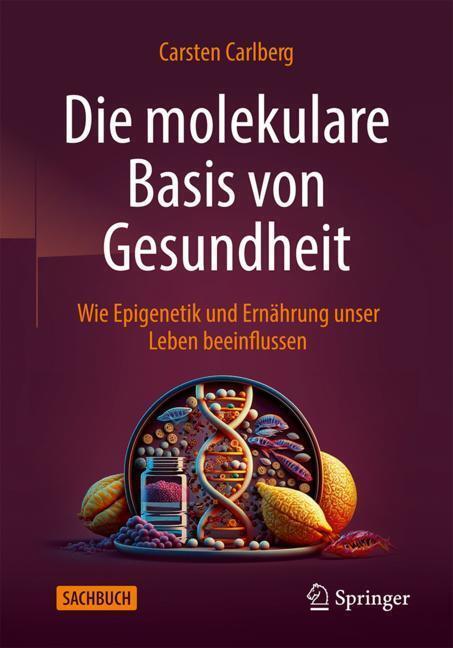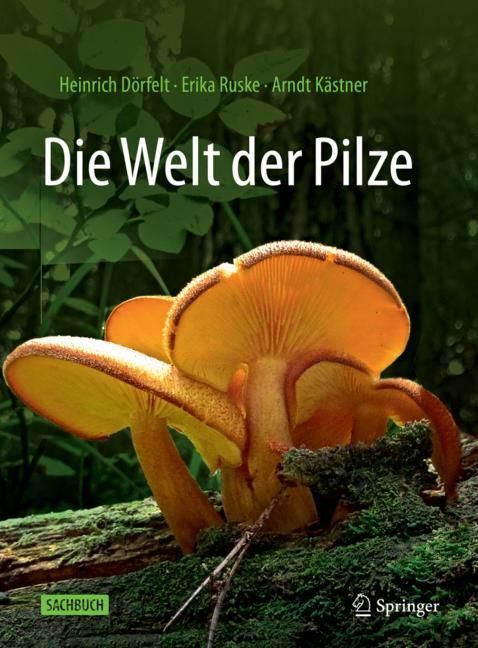Deep Learning in Medical Image Analysis
Challenges and Applications
This book presents cutting-edge research and applications of deep learning in a broad range of medical imaging scenarios, such as computer-aided diagnosis, image segmentation, tissue recognition and classification, and other areas of medical and healthcare problems. Each of its chapters covers a topic in depth, ranging from medical image synthesis and techniques for muskuloskeletal analysis to diagnostic tools for breast lesions on digital mammograms and glaucoma on retinal fundus images. It also provides an overview of deep learning in medical image analysis and highlights issues and challenges encountered by researchers and clinicians, surveying and discussing practical approaches in general and in the context of specific problems. Academics, clinical and industry researchers, as well as young researchers and graduate students in medical imaging, computer-aided-diagnosis, biomedical engineering and computer vision will find this book a great reference and very useful learning resource.
Gobert Lee is a lecturer in Statistical Science and the Director of Studies in Mathematics and Statistics at the College of Science and Engineering, and a research member of the Medical Device Research Institute, Flinders University, Adelaide, Australia. Gobert's research interests include statistical pattern recognition, medical image segmentation, computer-aided-diagnosis systems, breast cancer detection and analysis, multi-organ CT segmentation and human voxel model generation.
Hiroshi Fujita is a Research Professor/Emeritus Professor of Gifu University. He is a member of the Society for Medical Image Information (president), the Research Group on Medical Imaging (adviser), the Japan Society for Medical Image Engineering (director), and some other societies. His research interests include computer-aided diagnosis system, image analysis and processing, and image evaluation in medicine. He has published over 1000 papers in Journals, Proceedings, Book chapters and Scientific Magazines.
Gobert Lee is a lecturer in Statistical Science and the Director of Studies in Mathematics and Statistics at the College of Science and Engineering, and a research member of the Medical Device Research Institute, Flinders University, Adelaide, Australia. Gobert's research interests include statistical pattern recognition, medical image segmentation, computer-aided-diagnosis systems, breast cancer detection and analysis, multi-organ CT segmentation and human voxel model generation.
Hiroshi Fujita is a Research Professor/Emeritus Professor of Gifu University. He is a member of the Society for Medical Image Information (president), the Research Group on Medical Imaging (adviser), the Japan Society for Medical Image Engineering (director), and some other societies. His research interests include computer-aided diagnosis system, image analysis and processing, and image evaluation in medicine. He has published over 1000 papers in Journals, Proceedings, Book chapters and Scientific Magazines.
1;Preface;6 2;Contents;8 3;Part I Overview and Issues;10 3.1;Deep Learning in Medical Image Analysis;11 3.1.1;Introduction;11 3.1.2;Deep Learning for Medical Image Analysis and CAD;12 3.1.3;Challenges in Deep-Learning-Based CAD;15 3.1.3.1;Data Collection;17 3.1.3.2;Transfer Learning;19 3.1.3.3;Data Augmentation;23 3.1.3.4;Training, Validation, and Independent Testing;24 3.1.3.5;Acceptance Testing, Preclinical Testing, and User Training;24 3.1.3.6;Quality Assurance and Performance Monitoring;25 3.1.3.7;Interpretability of CAD/AI Recommendations;26 3.1.4;Summary;26 3.2;Medical Image Synthesis via Deep Learning;30 3.2.1;Introduction;30 3.2.2;Deep Learning Models for Medical Image Synthesis;33 3.2.2.1;Convolutional Neural Networks;33 3.2.2.2;Generative Adversarial Networks;34 3.2.3;Within-Modality Synthesis;35 3.2.3.1;3D cGAN;36 3.2.3.1.1;Framework;36 3.2.3.1.2;Experimental Results;36 3.2.3.2;Locality Adaptive Multi-Modality GANs;38 3.2.3.2.1;Framework;39 3.2.3.2.2;Experimental Results;40 3.2.4;Cross-Modality Synthesis;41 3.2.4.1;3D cGAN with Subject-Specific Local Adaptive Fusion;41 3.2.4.1.1;Framework;42 3.2.4.1.2;Experimental Results;43 3.2.4.2;Edge-Aware GANs;43 3.2.4.2.1;Framework;44 3.2.4.2.2;Experimental Results;46 3.2.5;Conclusion;47 4;Part II Applications: Screening and Diagnosis;52 4.1;Deep Learning for Pulmonary Image Analysis: Classification, Detection, and Segmentation;53 4.1.1;Background of Lung Diseases;53 4.1.2;Introduction;54 4.1.3;Methods;54 4.1.3.1;Classification of Lung Abnormalities;54 4.1.3.2;Detection of Lung Abnormalities;58 4.1.3.3;Segmentation of Lung Abnormalities;59 4.1.4;Conclusion;62 4.2;Deep Learning Computer-Aided Diagnosis for Breast Lesion in Digital Mammogram;65 4.2.1;Introduction;66 4.2.2;Related Work;67 4.2.3;Materials and Methods;68 4.2.3.1;Dataset;68 4.2.3.2;Datasets Preparation: Training, Validation, and Testing;69 4.2.3.3;Preprocessing;69 4.2.3.4;Data Balancing and Augmentation;69 4.2.3.5;Initialization of Trainable Parameters for Deep Learning Models;70 4.2.3.6;Breast Lesion Detection via YOLO;70 4.2.3.7;Breast Lesion Segmentation via FrCN;70 4.2.3.8;Breast Lesion Classification via Three Convolutional Neural Networks;71 4.2.4;Experimental Settings;72 4.2.4.1;Detection Experimental Settings;72 4.2.4.2;Segmentation Experimental Settings;72 4.2.4.3;Classification Experimental Settings;72 4.2.4.4;Implementation Environment;73 4.2.5;Experimental Results and Discussion;73 4.2.5.1;Evaluation Metrics;73 4.2.5.2;Breast Lesion Detection Results;73 4.2.5.3;Breast Lesion Segmentation Results;73 4.2.5.4;Breast Lesion Classification Results;75 4.2.6;Conclusion;76 4.3;Decision Support System for Lung Cancer Using PET/CT and Microscopic Images;79 4.3.1;Introduction;79 4.3.2;Outline of Decision Support System;80 4.3.3;Automated Detection of Lung Nodules in PET/CT Images Using Convolutional Neural Network and Radiomic Features;81 4.3.3.1;Background;81 4.3.3.2;Method Overview;81 4.3.3.3;Initial Nodule Detection;82 4.3.3.4;False Positive Reduction;82 4.3.3.4.1;Classification Using a Convolutional Neural Network;83 4.3.3.4.2;Handcrafted Radiomic Features;83 4.3.3.4.3;Classification;83 4.3.3.5;Results;84 4.3.3.5.1;Image Datasets;84 4.3.3.5.2;Evaluation Metrics;84 4.3.3.5.3;Detection Results;84 4.3.3.6;Discussion;85 4.3.4;Automated Malignancy Analysis of Lung Nodules in PET/CT Images Using Radiomic Features;86 4.3.4.1;Introduction;86 4.3.4.2;Materials and Methods;86 4.3.4.2.1;Image Dataset;86 4.3.4.2.2;Methods Overview;87 4.3.4.2.3;Volume of Interest (VOI) Extraction;87 4.3.4.2.4;Extraction of Characteristic Features;87 4.3.4.2.5;Classification;90 4.3.4.3;Results;90 4.3.4.4;Discussion;90 4.3.5;Automated Malignancy Analysis Using Lung Cytological Images;92 4.3.5.1;Introduction;92 4.3.5.2;Materials and Methods;93 4.3.5.2.1;Image Dataset;93 4.3.5.2.2;Network Architecture;93 4.3.5.3;Results and Discussion;94 4.3.6;Automated Classification of Lung Cancer Types from Cytological Images;94 4.3.6.1;Introduction;94 4.3.6
| ISBN | 9783030331283 |
|---|---|
| Artikelnummer | 9783030331283 |
| Medientyp | E-Book - PDF |
| Copyrightjahr | 2020 |
| Verlag | Springer-Verlag |
| Umfang | 184 Seiten |
| Sprache | Englisch |
| Kopierschutz | Digitales Wasserzeichen |

